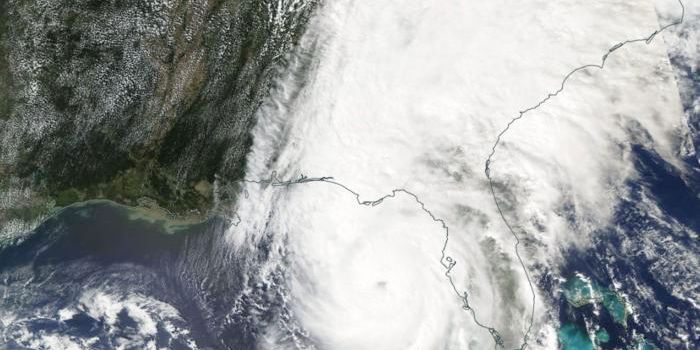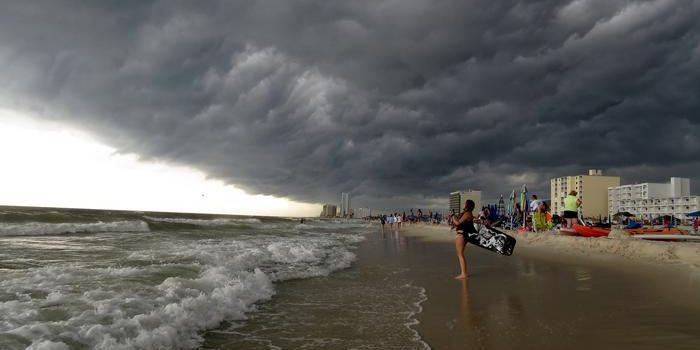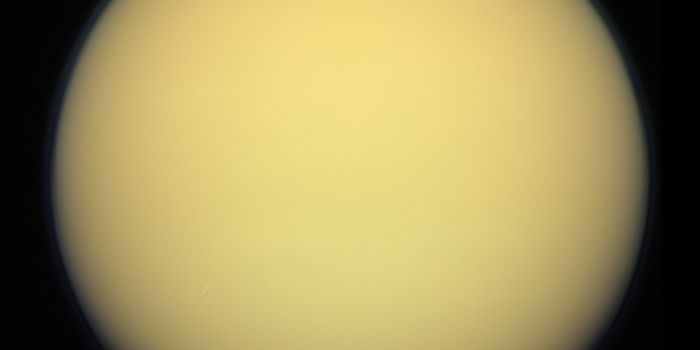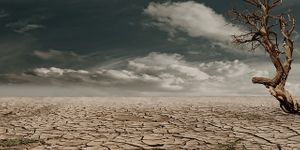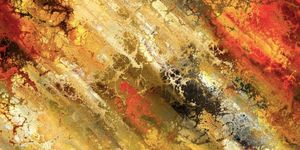An Ultra-Hydrophobic Surface Made By Sanding
With some powder and a little bit of “elbow grease,” researchers at Rice University created a superhydrophobic surface.
Co-authors C. Fred Higgs III and James Tour published their research in the American Chemical Society’s journal of Applied Materials and Interfaces on July 21. It was elegantly simple: sanding a powdered polymer into a surface makes it so water resistant that the material earns the designation “superhydrophobic.”
Video provided by Rice University.
To be superhydrophobic, the contact angle between the droplet and the surface must be over 150°. Surfaces with angles over 90° are deemed “non-wetting,” and the highest contact angle that could be achieved is 180°, meaning that the droplet is barely touching the surface. This team’s best materials exhibited a contact angle of 164°.
The researchers found that sanding a surface allowed a better interaction between the powder and the surface. Additionally, the process of sanding creates a tribofilm, which is formed by the high pressure of two surfaces rubbing against each other. The tribofilm only added to the surface’s hydrophobicity.
Not only are the surfaces superhydrophobic, but they are less subjectable to icing. It took 2.6 times longer for their surfaces to freeze than non-treated surfaces, even in temperatures as low as 31°F.
The hydrophobic surfaces were robust, which should make them attractive to manufacturers, Tour said. They survived 18 months outside in Houston, TX, and temperatures of 130°C. The powders can also be made with materials like Teflon or molybdenum disulfide.
Just that and a little sanding, and you’ve got a superhydrophobic surface!

